Old homes in new lights: A look at contemporary property photography
Attention is at a premium. Having the right image that will draw the maximum number of buyers has never been more important.
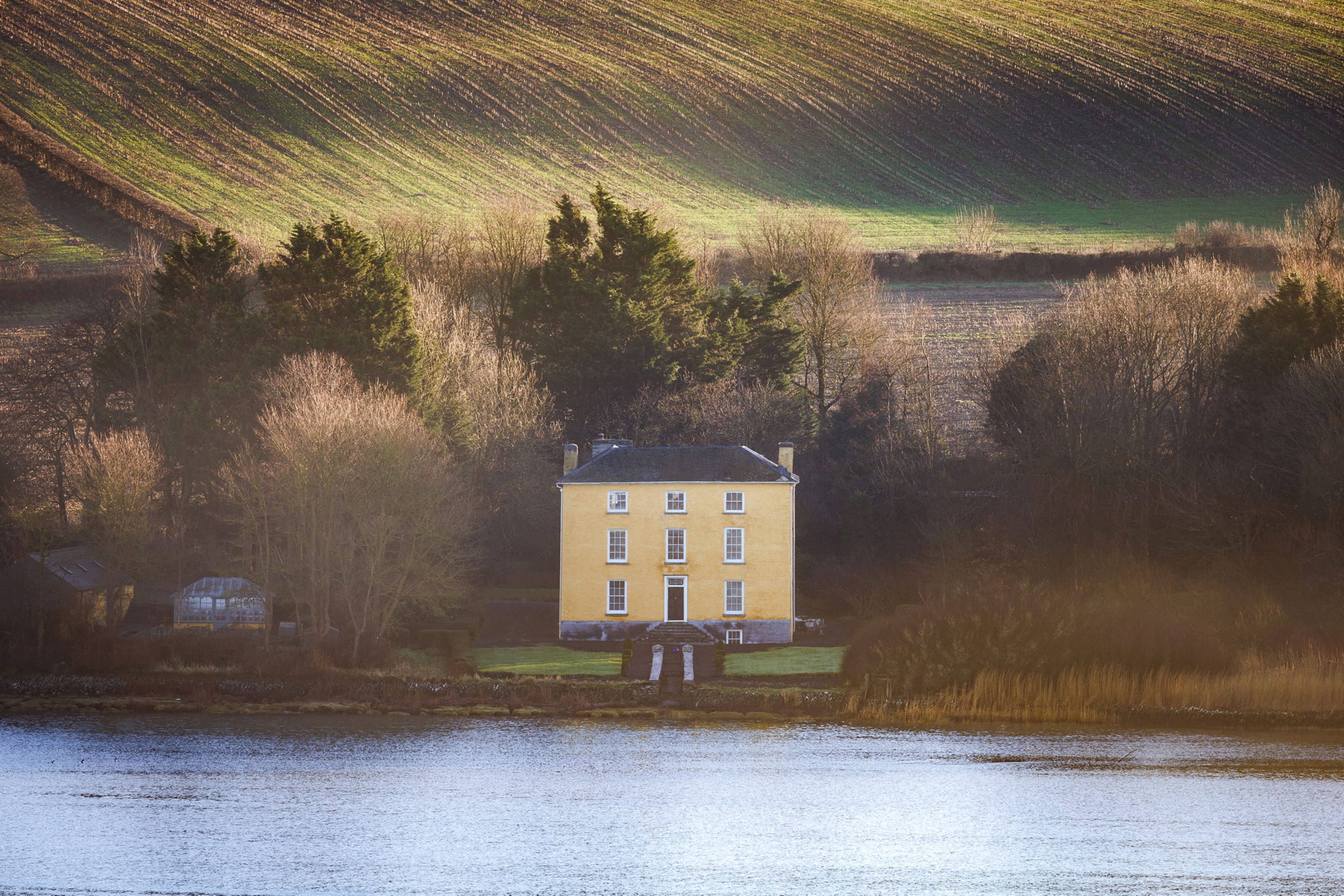

Presentation is key. When it comes to marketing a prime property, especially among top estate agents, it is vital. With ever-decreasing attention spans online, it only takes a couple of seconds for a potential buyer to discount a house. This means using professional photographers — never amateurs or phone snapshots — to ensure the highest quality images that truly reflect the home.
‘For brochures, we typically feature the best angle of the property on the front cover to create immediate impact,' says Charlotte Hall of Knight Frank’s Country Department. 'While the inside front cover includes a striking aerial or wide-angle image that highlights the full setting, including any key features such as a tennis court, pool or surrounding land.’
When relaunching a property after the winter months, think about refreshing the photography, recommends Oliver Custance Baker, head of National Country House Department at Strutt & Parker. ‘A new set of visuals helps create the feeling of a brand-new launch and a different angle might just catch the eye of someone who previously scrolled past. Even buyers who saw it online a few months ago may view it with fresh eyes.’
Blue Book, an estate agency which sets out to sell beautiful properties defined by quality rather than price, geography or condition have relaunched several houses that had previously been marketed with other agents. In some cases, the new photography takes such a different approach to presenting the house to the market that buying agents express surprise they haven’t seen the property before — they have, just not in this new light.
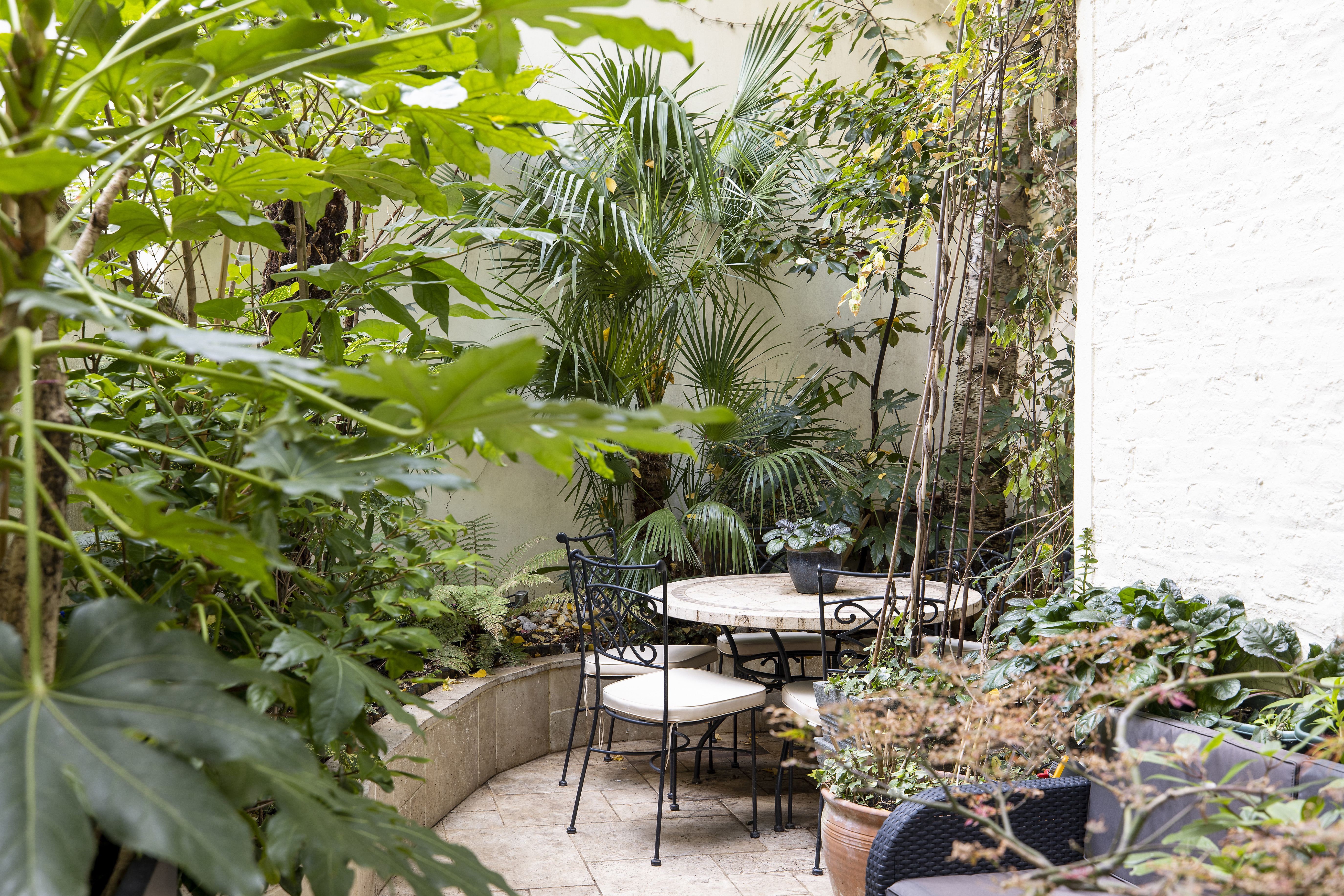
The garden at 11, Meard Street, Soho W1. On the market with the House Collective
Until relatively recently, country-house photographers took a similar approach to their subject: a well-framed façade and some brightly lit interiors taken on a good day and when the garden is in bloom was the ideal setting. Then some changes were introduced that cast houses in a different light. Leading the charge was The Modern House, which was established in 2005 and specialises in selling Modernist and 20th-century properties; their sister site, Inigo, focusses on selling historic houses.
Both use architectural photographers who take images of the rooms but also seek to highlight what they describe as ‘smaller vignettes’ and characterful details of each property. Almost all are taken in natural light, a stark contrast to the more conventional approach of having lights on in a room. ‘It takes the conversation away from just the bricks and focuses instead on the more intangible, romantic parts of what makes a beautiful home,’ explains Georgina Grunfeld, head of Prime at The Modern House & Inigo.
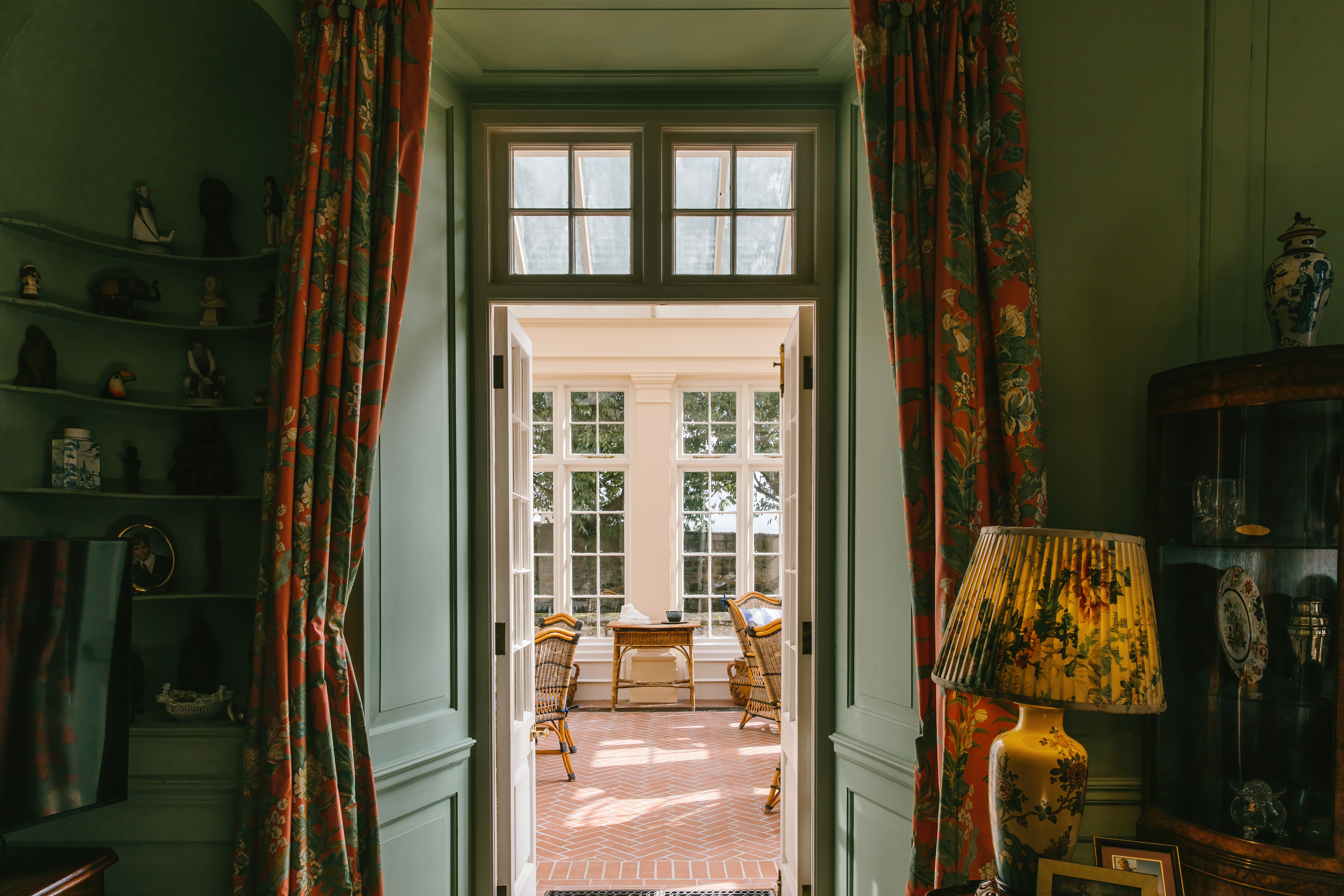
Slade Hooton Hall, South Yorkshire. For sale with Inigo.
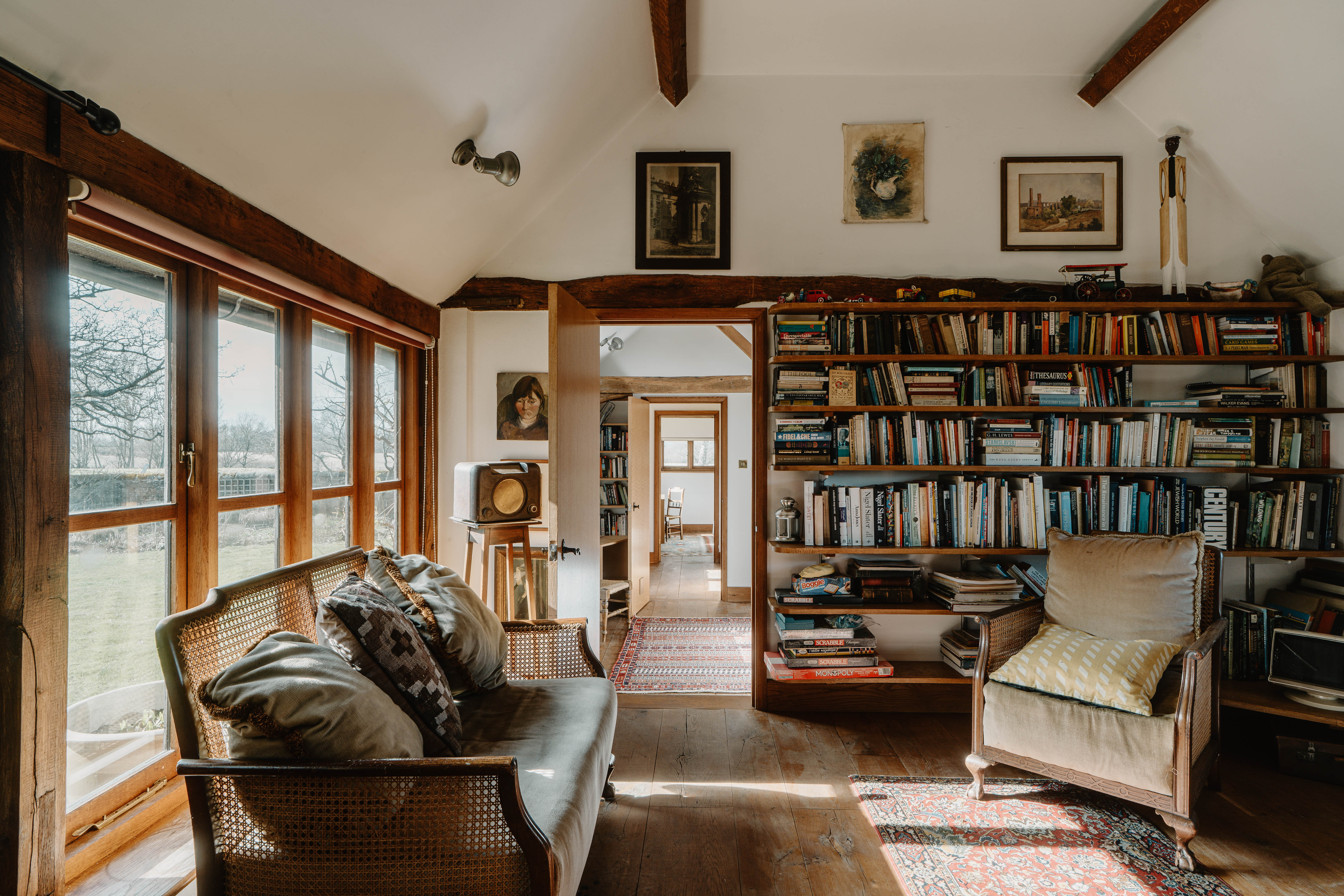
Tithe Barn in East Sussex. For sale with Inigo
Blue Book use a variety of photographers who specialise in different areas such as Georgina Preston, a fashion photographer, as well as interiors photographers including Boz Gagowski. ‘We’ve thought long and hard about photography at Blue Book,’ explains Lindsay Cuthill, who co-founded the estate agency after working as the head of country houses at Savills. ‘We eschew the wide-angled, bright lights approach. Although having said that, I firmly believe that it has a place — sometimes you need that level of pzazz for a particular type of house. It just needs to be property appropriate.’
Exquisite houses, the beauty of Nature, and how to get the most from your life, straight to your inbox.
A post shared by Georgina Preston (@georginaprestonphoto)
A photo posted by on
The majority of properties sold through Blue Book are historical and, like any lived-in home, are less-than-perfect in their presentation. The Blue Book approach is to embrace that atmosphere by keeping the lights off in photographs and preventing each bed from having crisp hospital corners. ‘Something I’ve found over my career is that the more immaculate the house is, the less forgiving the photographs,’ says Mr Cuthill.
House Collective is a London-based agency with two offices in Primrose Hill and Notting Hill. They, too, take a more editorial approach to photography. ‘We’ve always believed that selling a home is about more than measurements and floorplans – it’s about emotion,’ says co-founder Jonathan Brandling-Harris. ‘The homes we represent are full of beauty, texture, and architectural interest, so the idea of capturing them with flat, sterile photography never sat right with us. We wanted imagery that did them justice – that captured the softness of light through a Crittall window, the curve of a staircase, the stillness of a walled garden at dusk.’
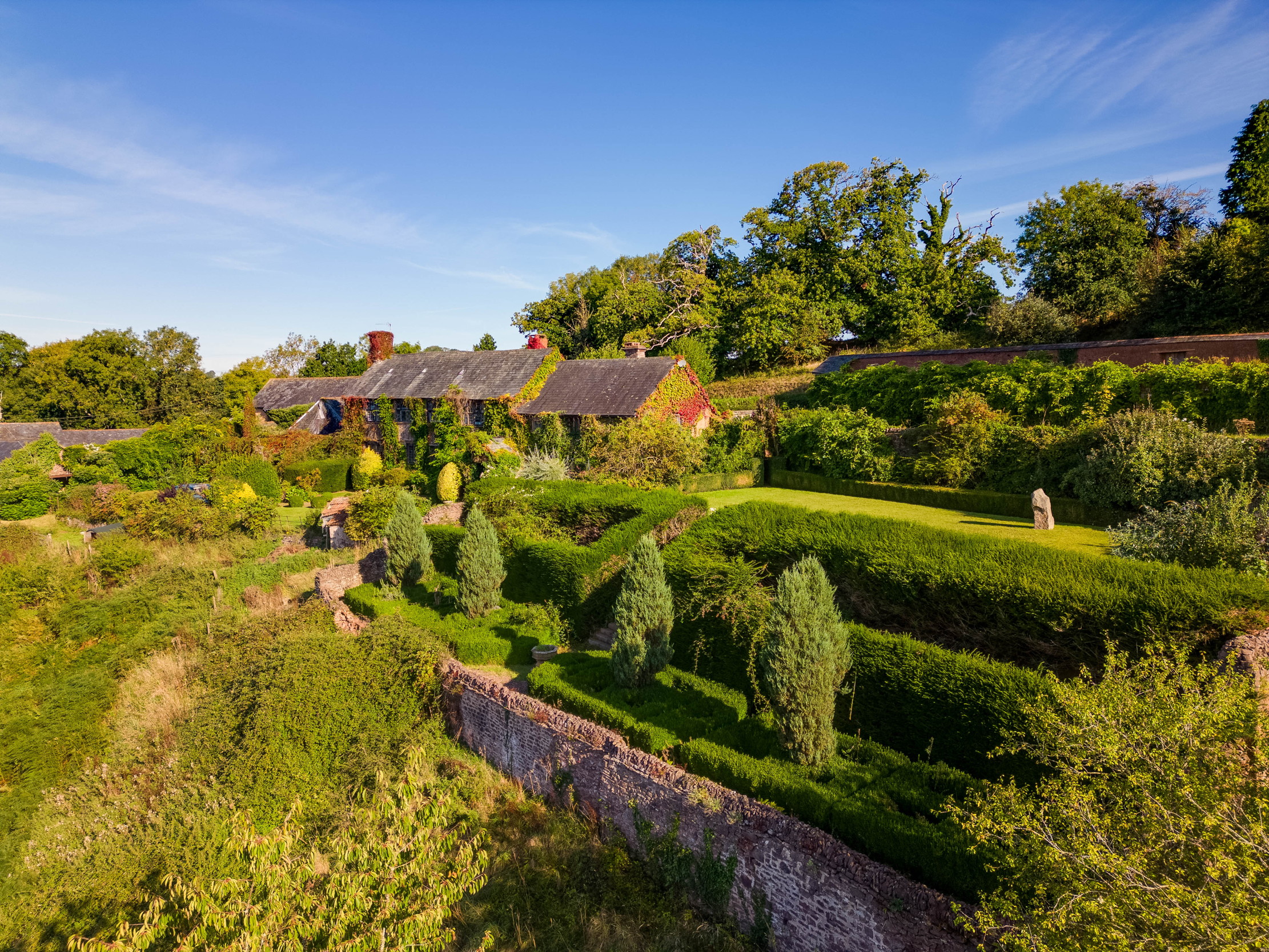
Upcott Barton in Devon glows in the late evening sun. For sale with Strutt & Parker.
Ultimately, what goes into the brochure tends to be a collaborative approach between the owner and agent. ‘Clients know their own homes best,’ says Ms Grunfeld. ‘Some prefer having a bit more creative control while others are happy for us to take the lead.’ Be sure that the photographer captures aspects of the home that are most loved, adds Mr Custance Baker. ‘Whether that’s the view of the house from a certain part of the garden or how the light comes in through the windows in the spring.’
It's a good idea not to give the whole game away in the photographs. ‘When it comes to choosing what goes in the brochure either online or on paper, we deliberately don’t show everything,’ explains Mr Cuthill. ‘We might show a corner rather than the whole room — it piques curiosity.’
Not every client loves it, he adds. ‘Some see the images and think the house looks a bit dark or that we’re missing what clients consider to be the best angle. But in the same way that we are often much more critical of our own portraits — and see things that others miss — it’s helpful to have an outside eye to establish how to present the house to market. You need someone new to look through the lens. We see things differently to the owners and pick out elements that are more relevant to the market that they might not have spotted.’
While on the subject of being open to different views and perspectives, be prepared for photographers to suggest small furniture adjustments on the day of the shoot to enhance the layout, says Ms Hall.
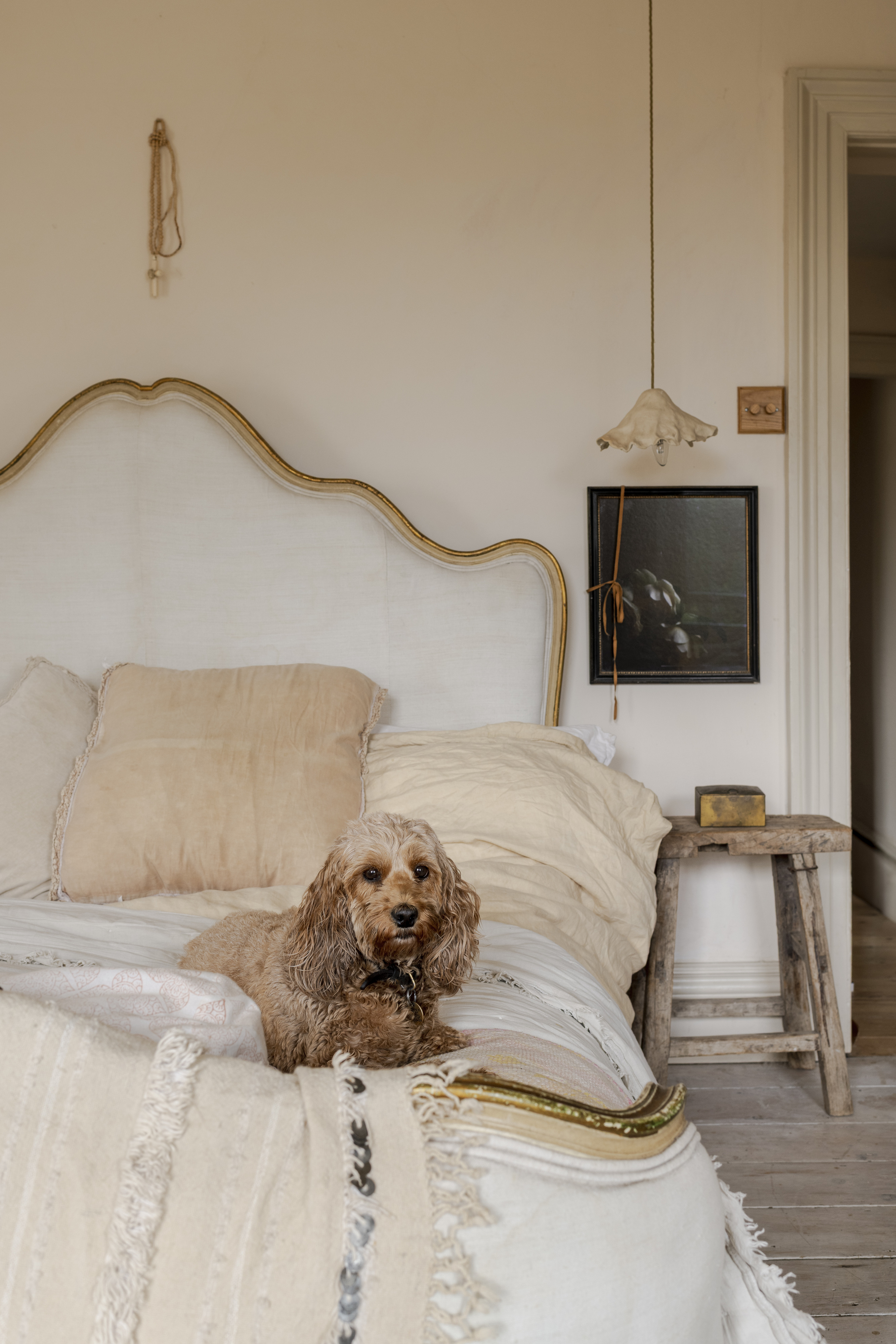
Upland House in Gloucestershire. With Inigo.
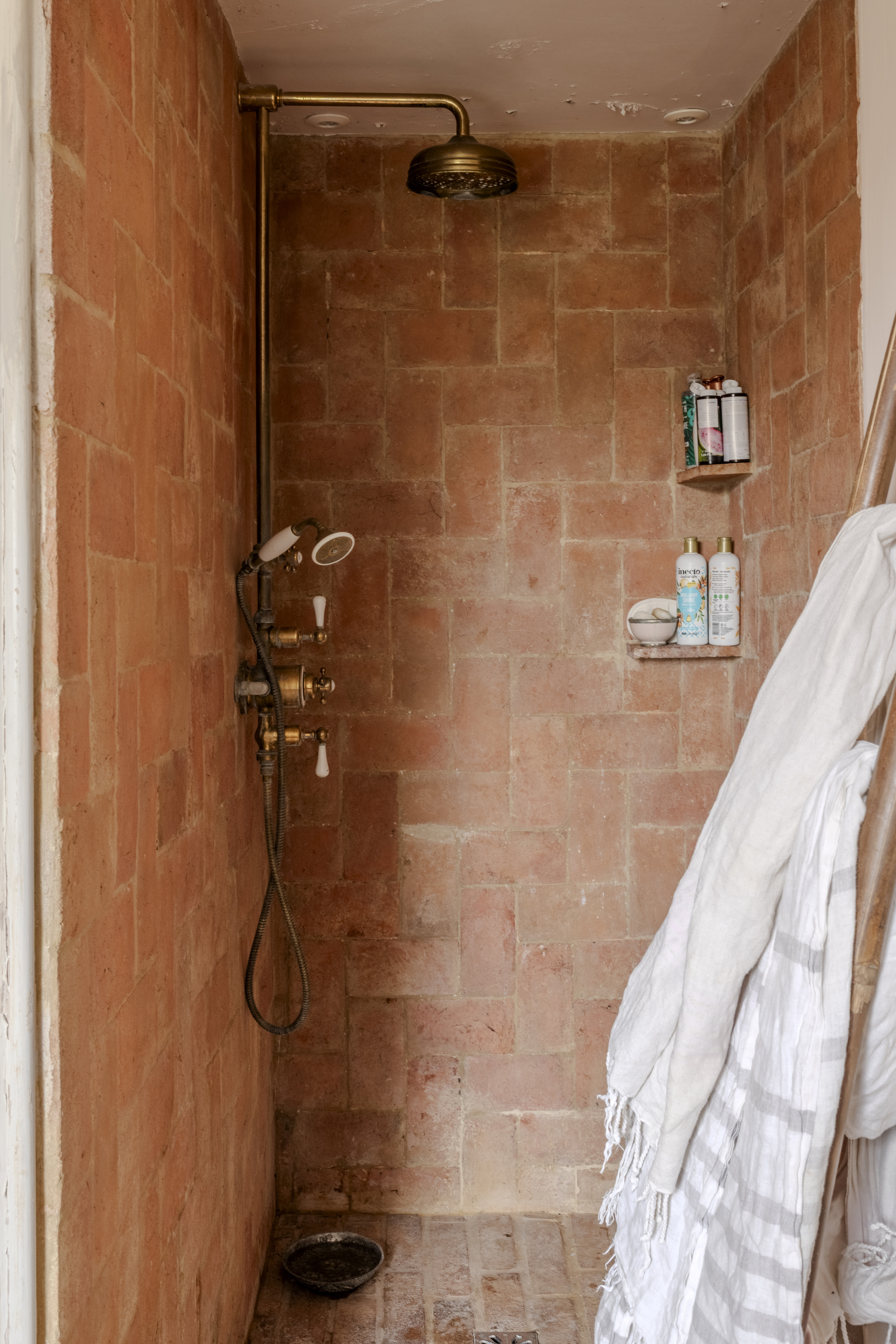
To declutter or not? The consensus is yes — but don’t go too far to remove the atmosphere from a room leaving it clinical or hotel-like. ‘Ahead of photography, we recommend decluttering and ensuring each room has a clear, defined purpose — for example, removing gym equipment from a living room,’ says Ms Hall. ‘Small touches like fresh flowers add colour and warmth, and we always advise smoothing out creased bed sheets, or better still, using a bedspread for a polished finish. It’s also important to tidy away trailing wires from lamps or chargers to keep spaces looking clean and inviting.’
Be mindful of the pitfalls of de-cluttering at speed, however. ‘Trying to hide belongings under beds and sofas is rarely successful,’ warns Sarah Cull of Strutt & Parker in Salisbury. ‘It’s amazing how these things end up popping out in a photo.’ If there is a plan to do any painting to touch up areas, she thinks that adding a pop of colour is a good idea. ‘A bright shade catches the eye and can draw attention away from less aesthetic features.’
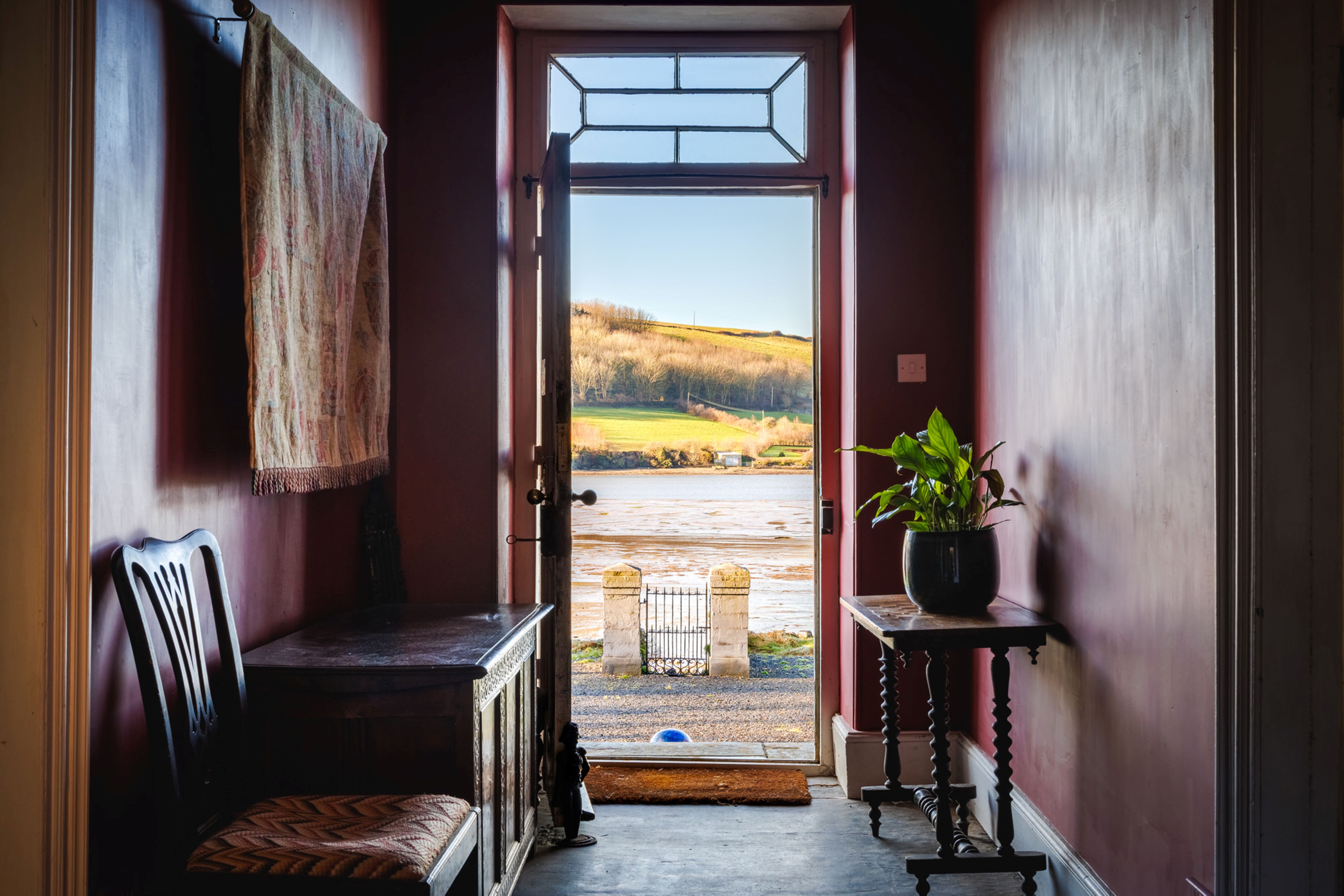
Brynymor House in Cardigan.
-
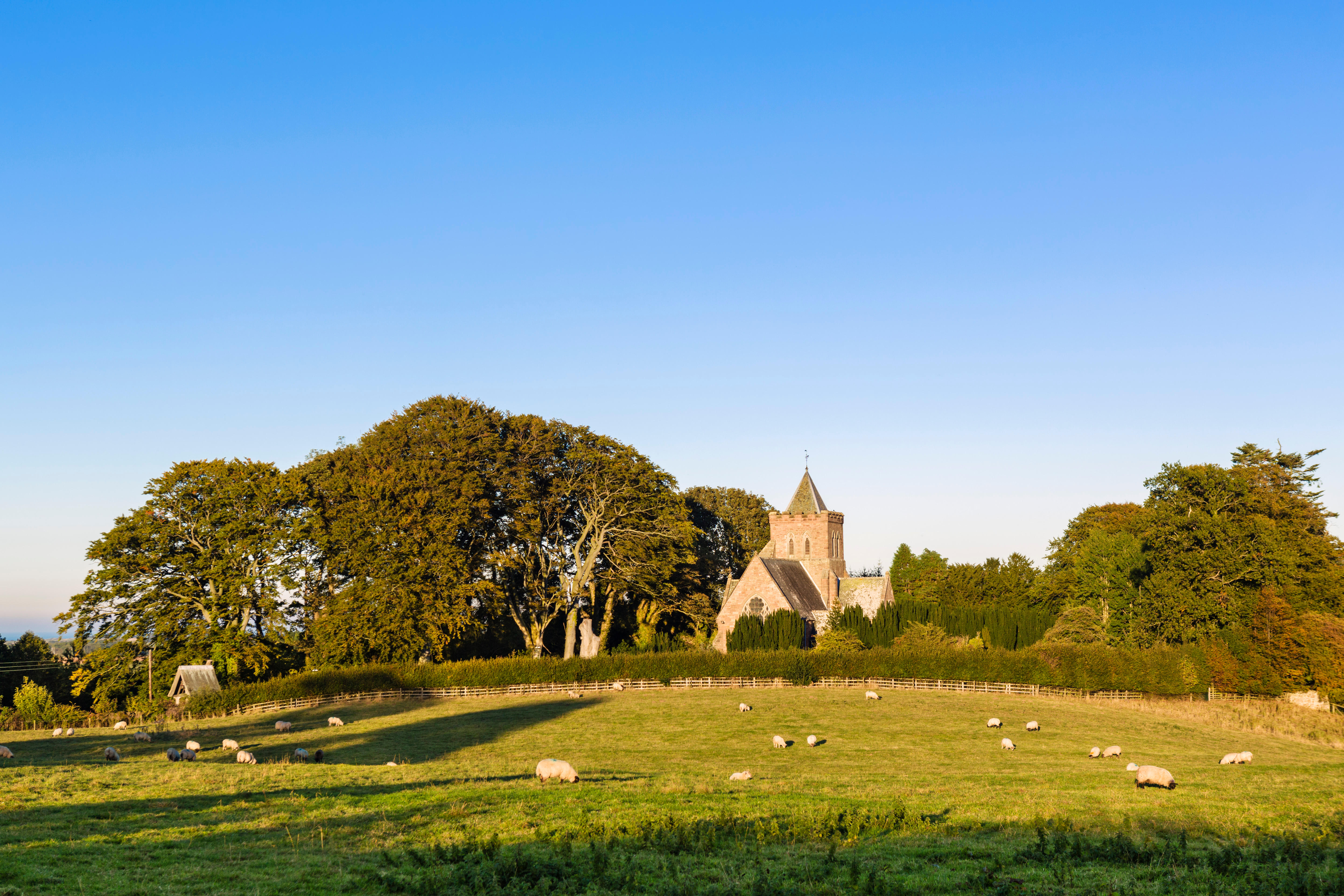 The Labour government of the 1970s saved our country houses. Will a Labour government of the 2020s save our country churches?
The Labour government of the 1970s saved our country houses. Will a Labour government of the 2020s save our country churches?Why not invest to save the most valuable community resources we have, perfectly placed at the heart of communities?
By Fiona Reynolds Published
-
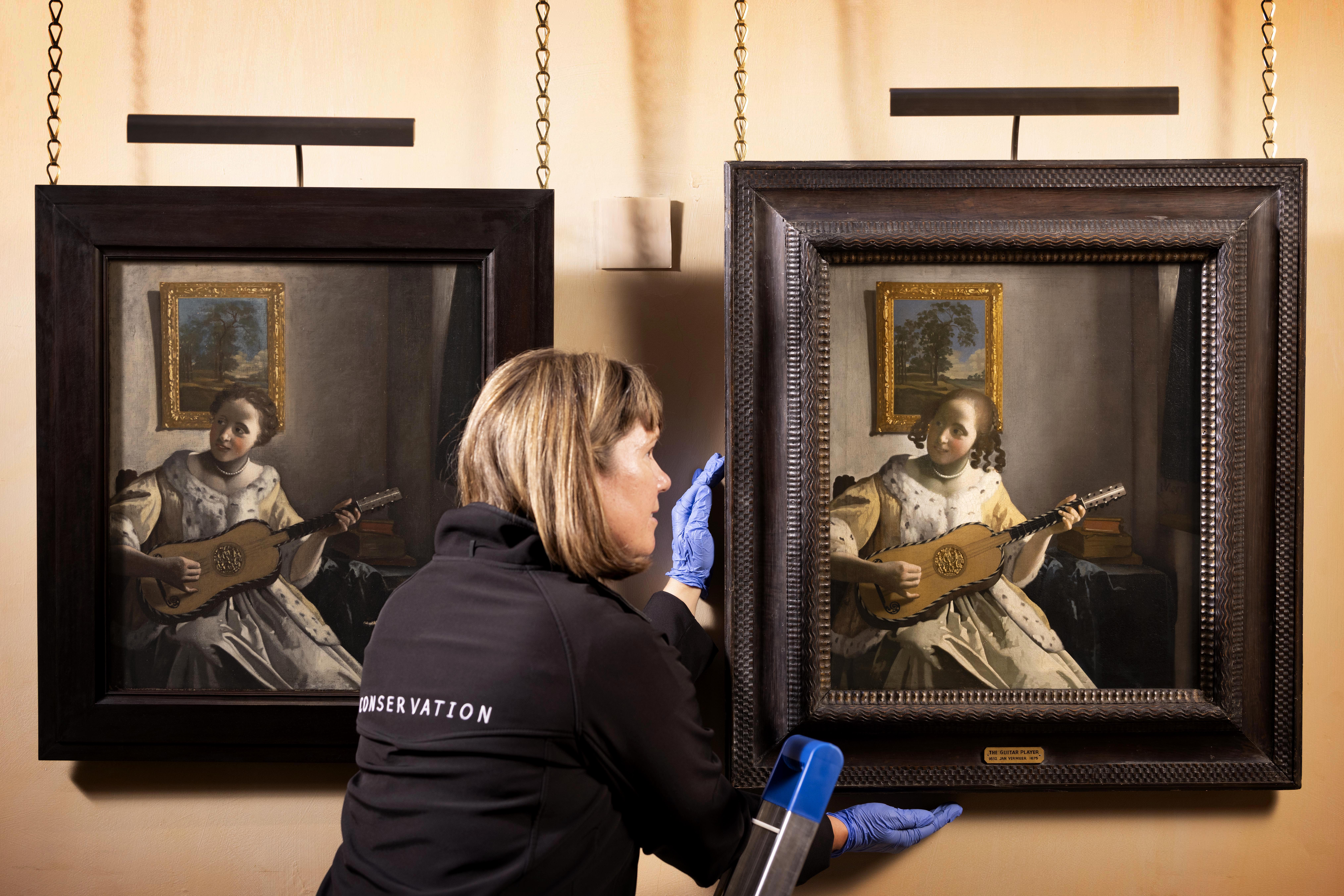 A painting owned by Edward Guinness is on display next to a near identical version at Kenwood House — but which one is the real Vermeer?
A painting owned by Edward Guinness is on display next to a near identical version at Kenwood House — but which one is the real Vermeer?A mini exhibition at Kenwood House allows viewers to ‘to practise their own connoisseurship’.
By Michael Prodger Published
-
 A beautiful home on the outskirts of one of Scotland's prettiest market towns, and an easy commute to Edinburgh
A beautiful home on the outskirts of one of Scotland's prettiest market towns, and an easy commute to EdinburghArabella Youens looks at Kirklands House, a wonderful old home set in five acres of charming gardens near Melrose.
By Arabella Youens Published
-
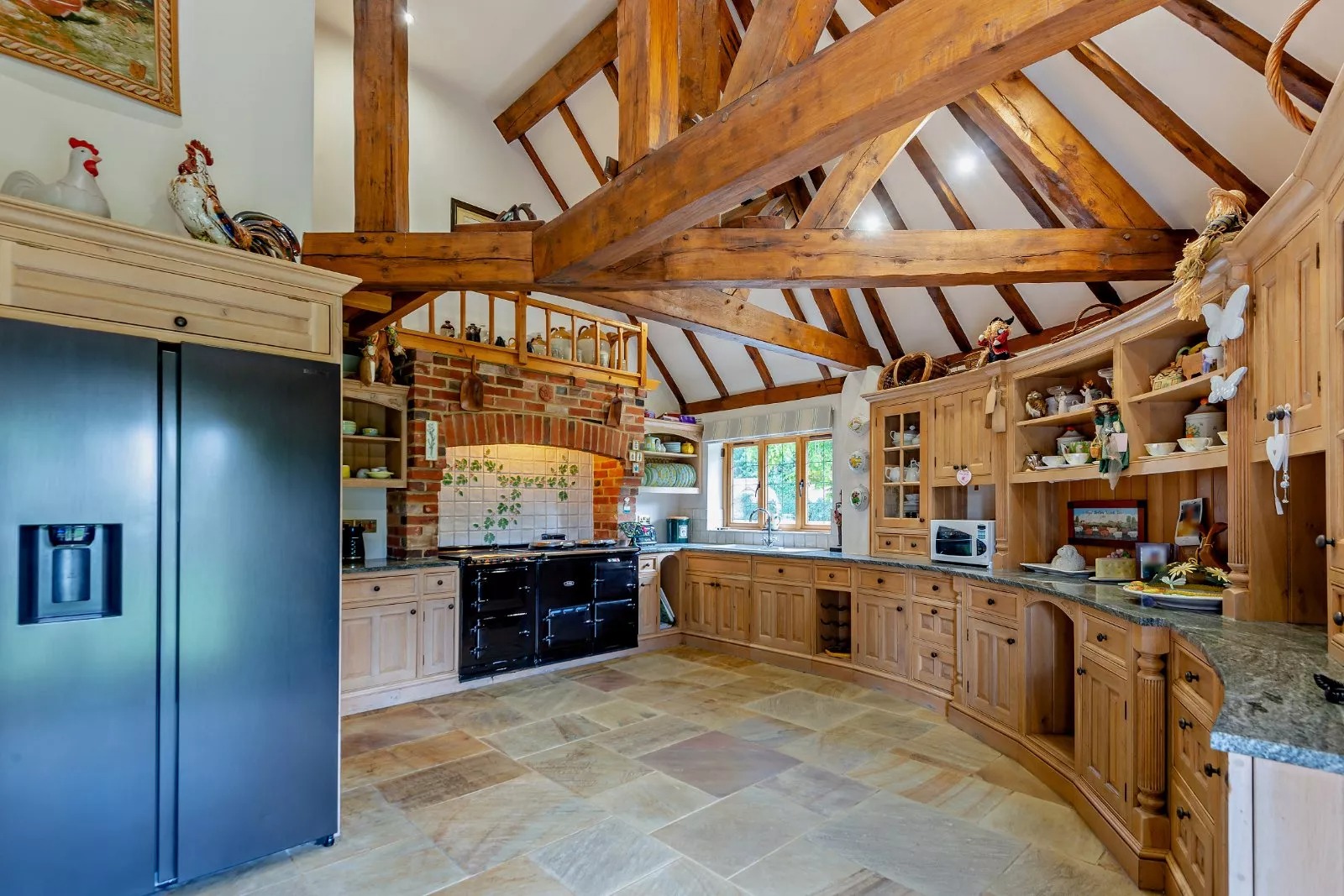 18 grand country homes, from £600k to £6 million, as seen in Country Life
18 grand country homes, from £600k to £6 million, as seen in Country LifeOur regular look at the best homes to come to the market via Country Life this week include a house in a charming seaside village and a 17th century farmhouse.
By Toby Keel Published
-
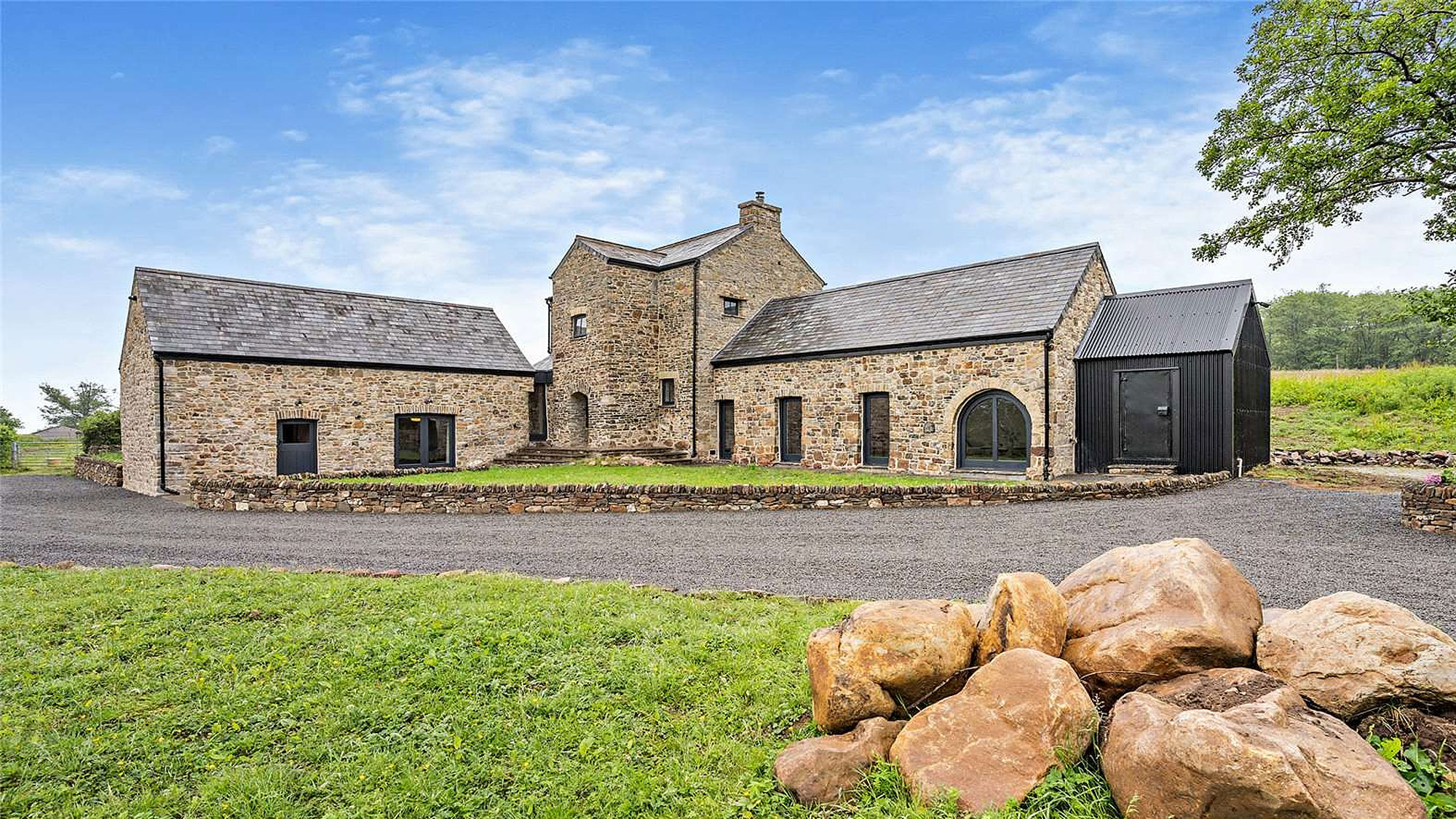 Caveat renovator: The TV star, the writer and the salvation of a crumbling farmhouse
Caveat renovator: The TV star, the writer and the salvation of a crumbling farmhouseThe actor, writer and comedian Robert Webb and his comedy writer wife Abigail Burdess embarked on a renovation project in 2019 which became far more than they imagined — and just as the job is at last complete, they've decided that it's the right time to put house on the market.
By Toby Keel Published
-
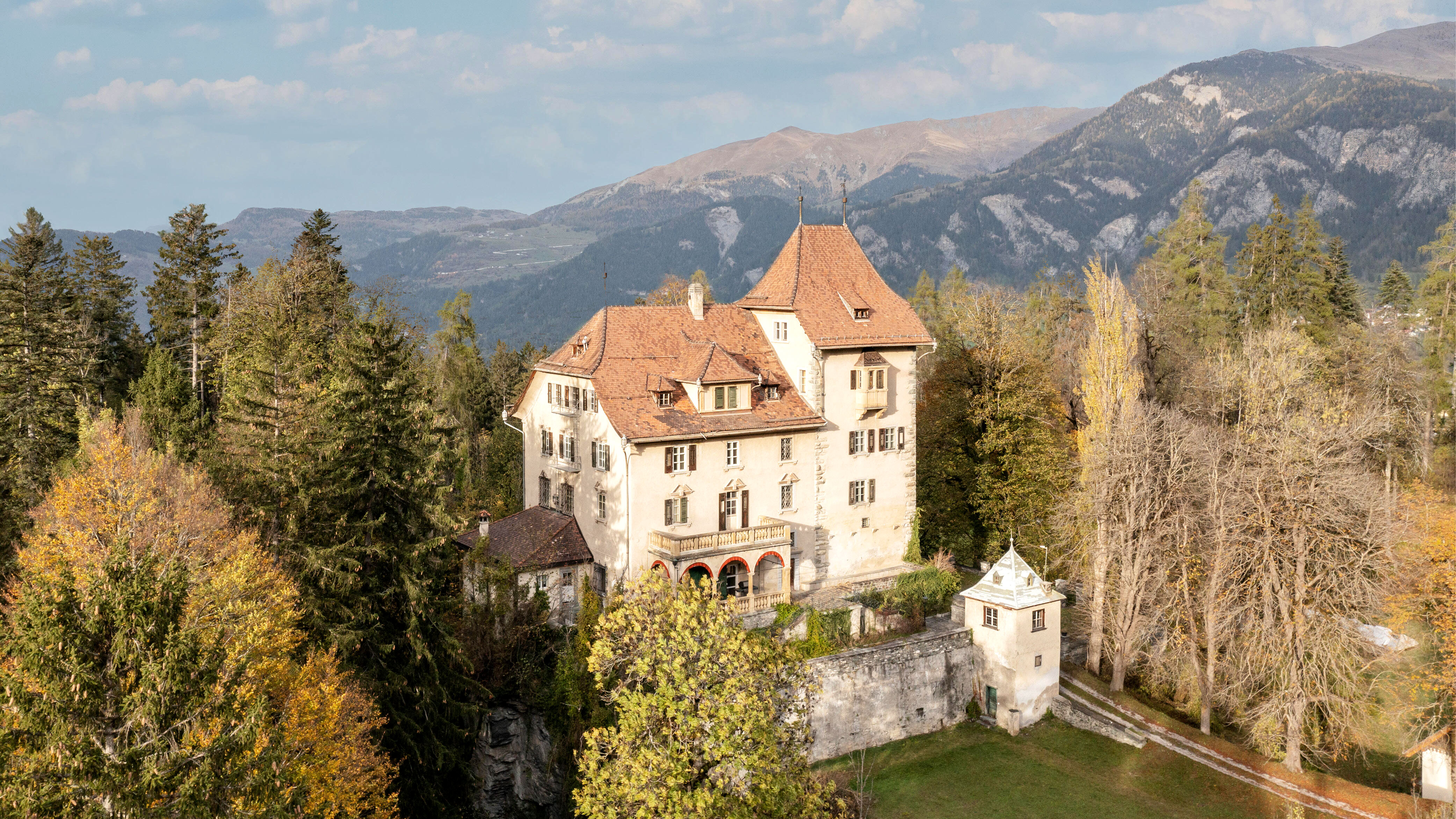 An Alpine hideaway on a Swiss mountaintop that's like something from the pages of a Gothic novel
An Alpine hideaway on a Swiss mountaintop that's like something from the pages of a Gothic novelA wonderful Baroque castle set amid gardens and woodland is for sale in one of Switzerland's most beautiful areas.
By Toby Keel Published
-
 The beautiful part of Britain where £1 million still buys a grand period house and a swathe of unspoilt land
The beautiful part of Britain where £1 million still buys a grand period house and a swathe of unspoilt landThe Scottish Borders might just be the best value spot in Britain today, as Arabella Youens reports.
By Arabella Youens Published
-
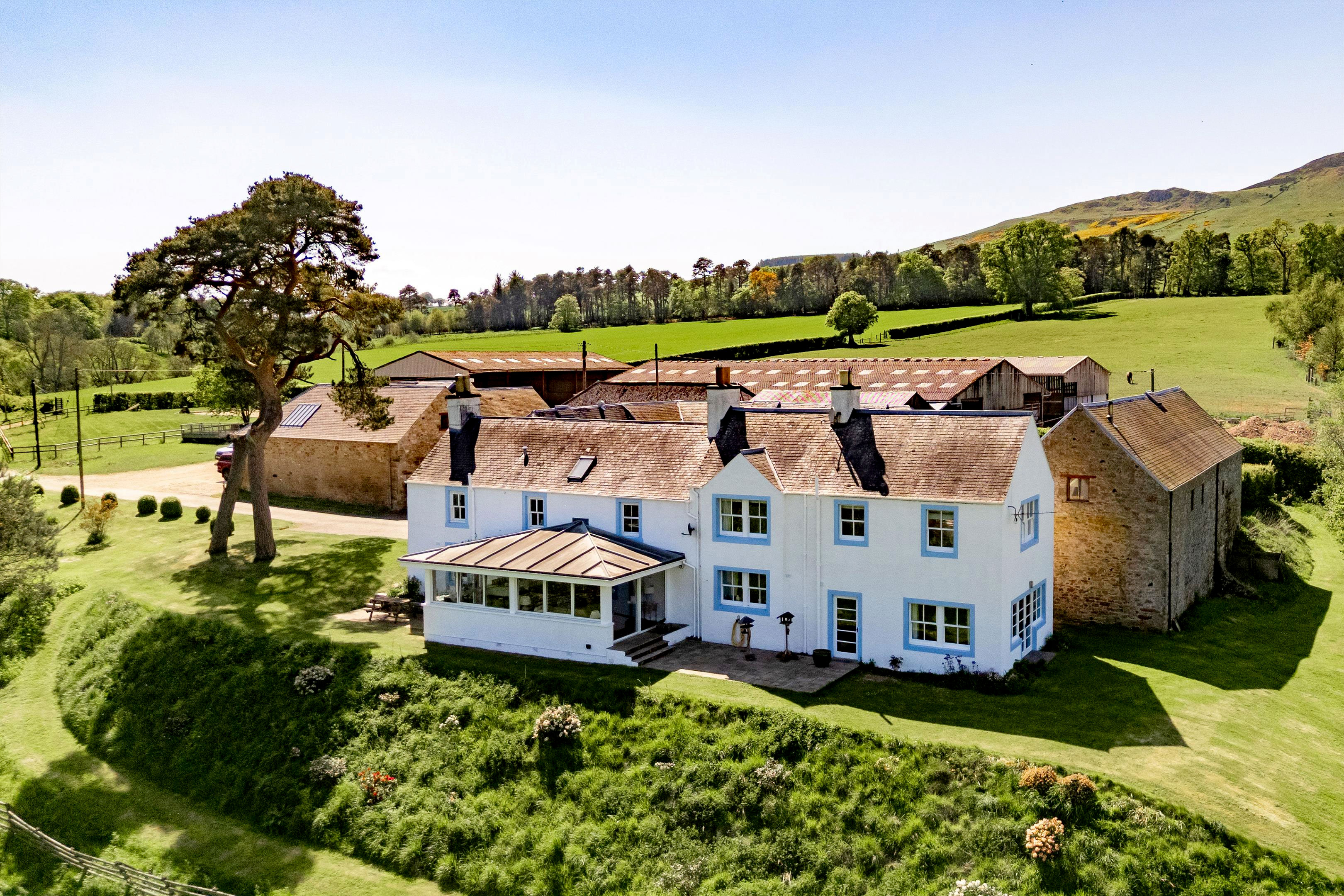 A beautiful old farmhouse in 15 acres of breathtaking Scottish scenery, for sale at just £825,000
A beautiful old farmhouse in 15 acres of breathtaking Scottish scenery, for sale at just £825,000A wonderful country home with almost 15 acres of land has come up for sale at a price which will make urban dwellers question their life choices.
By Arabella Youens Published
-
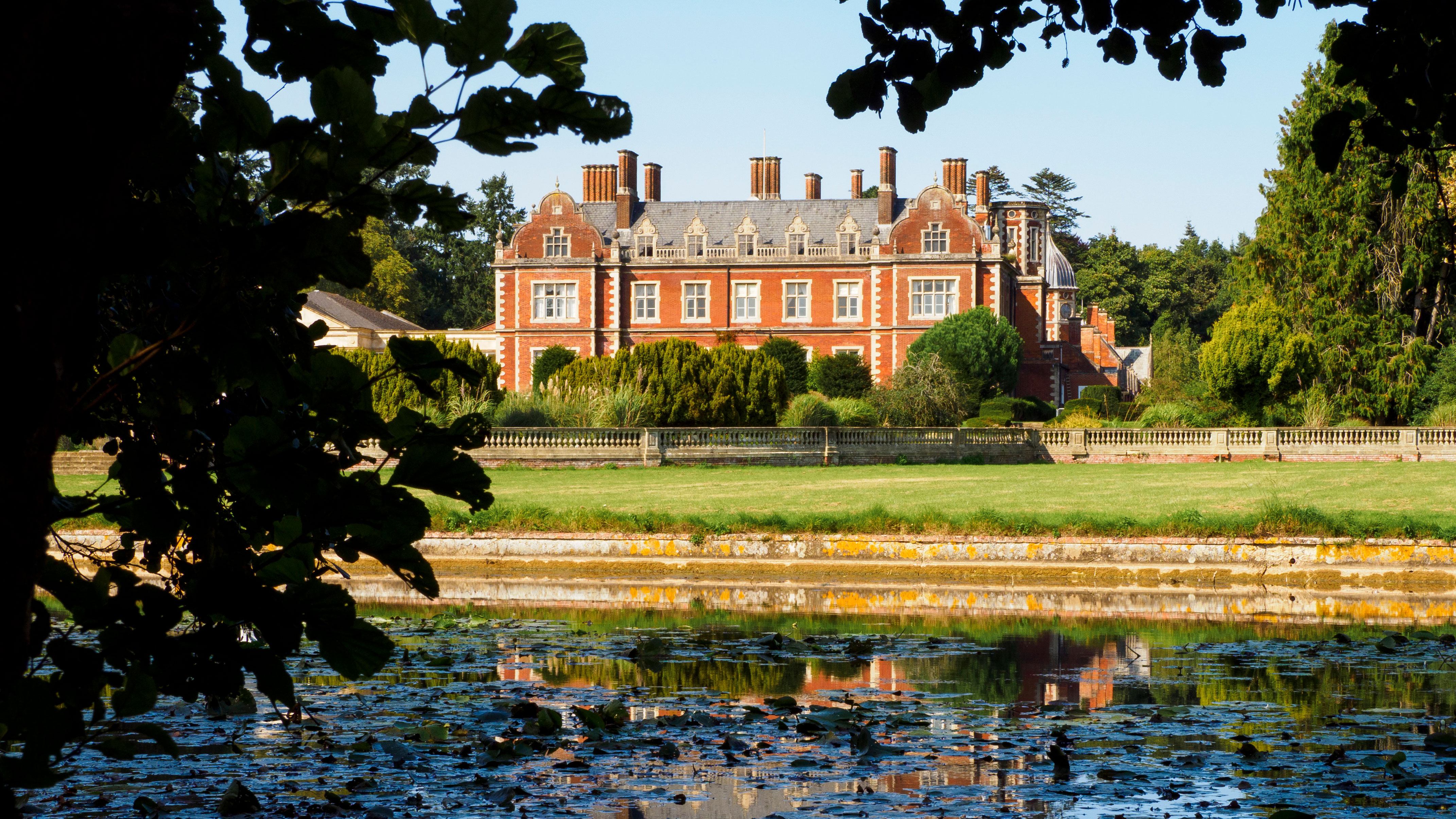 A country house that was the set for one of the best-loved sitcoms of the 1980s is for sale, with 40,000sq ft of space, 39 bedrooms and almost endless potential
A country house that was the set for one of the best-loved sitcoms of the 1980s is for sale, with 40,000sq ft of space, 39 bedrooms and almost endless potentialLynford Hall, a vast neo-Jacobean house that's been everything from a country hotel to an agricultural college, has come to the market. Toby Keel tells its story.
By Toby Keel Published
-
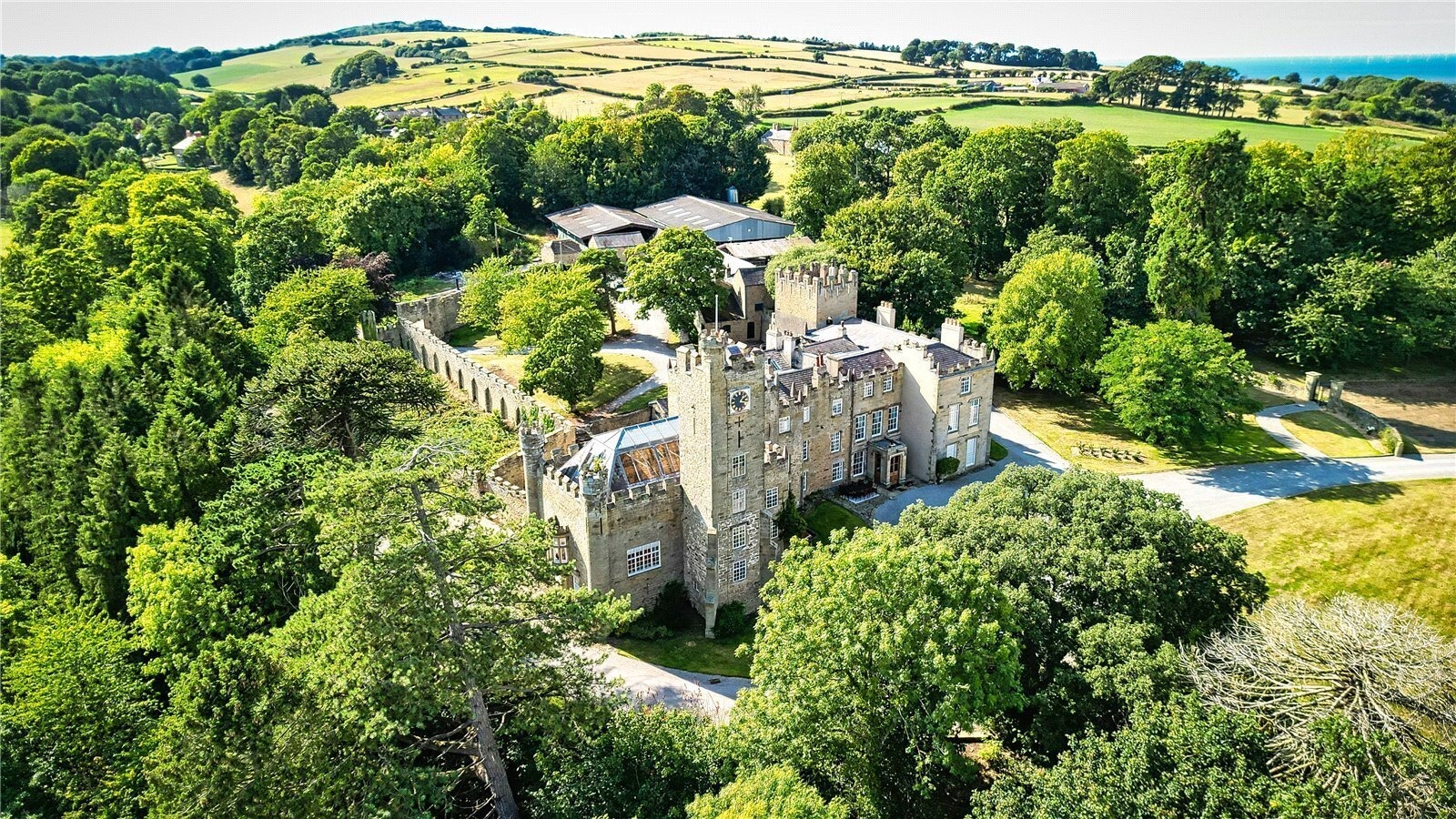 A sprawling castle set amid ancient woodland has come to the market for the first time in 150 years
A sprawling castle set amid ancient woodland has come to the market for the first time in 150 yearsGyrn Castle, set amidst woodland on the outskirts of an ancient village, is now seeking new owners. Penny Churchill reports.
By Penny Churchill Published

